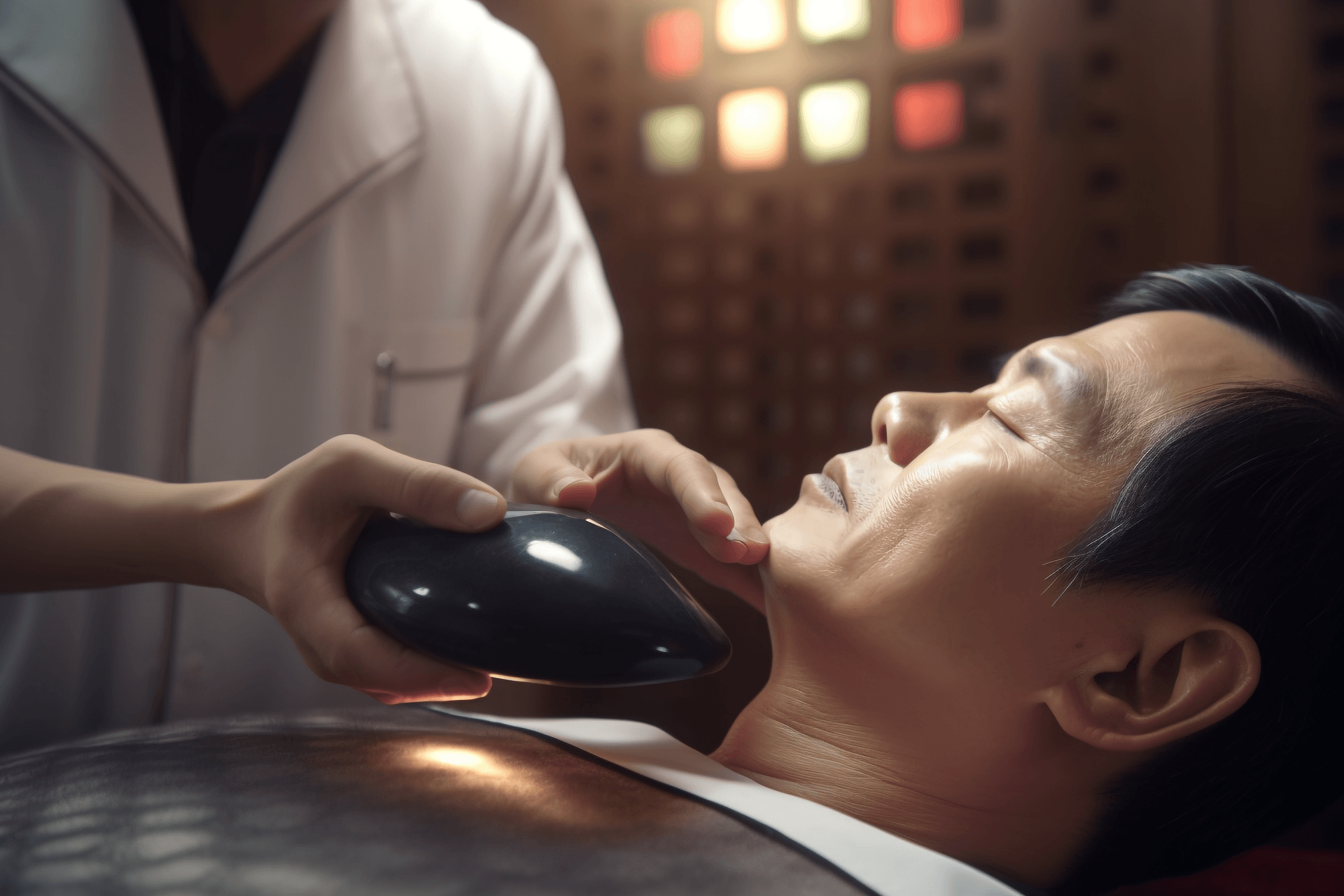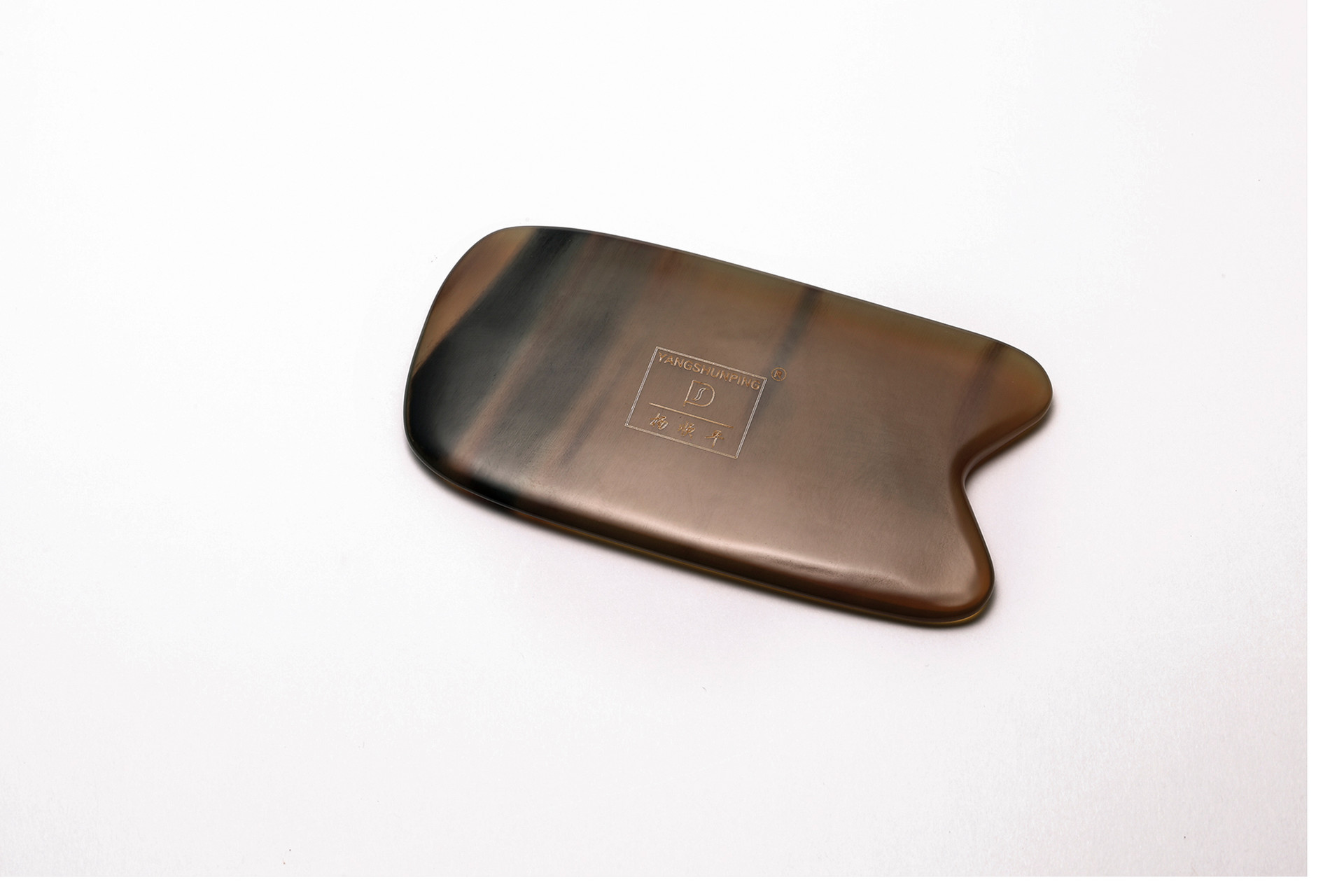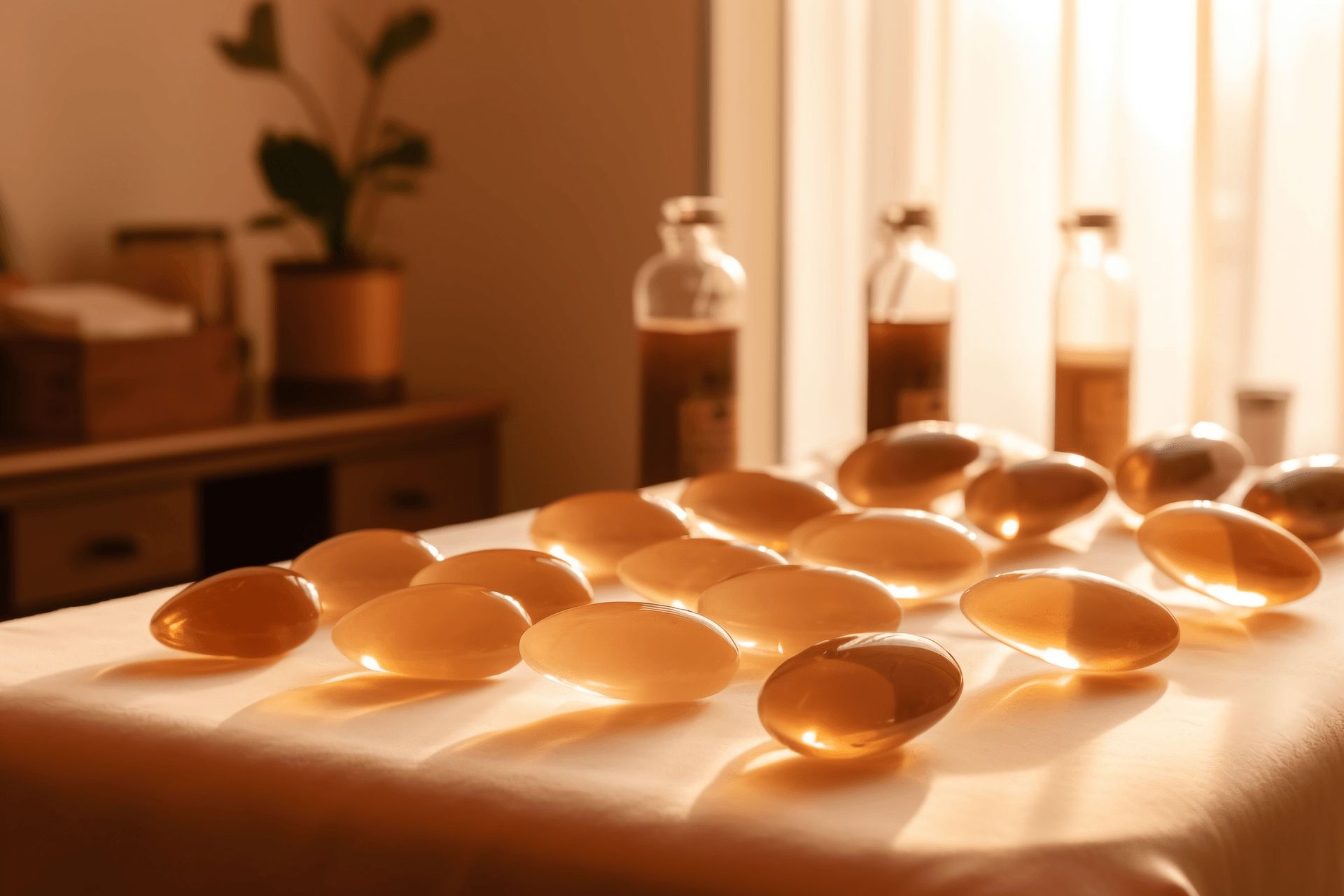There is a saying that nine out of ten women suffer from "coldness" in their bodies, which refers to a condition known as "Gong Han" in Chinese medicine. Gong Han is not simply a cold uterus, but rather a series of discomforting symptoms caused by a deficiency of kidney yang in women, which can even affect their ability to conceive and give birth. Traditional Chinese medicine has its own unique methods for treating Gong Han, and one of them is gua sha!
The Impact of Gong Han on Women
Women with Gong Han often experience symptoms such as weakness, shortness of breath, insomnia, and being overweight. Physiologically, they are prone to menstrual irregularities, excessive vaginal discharge, and coldness and pain in the lower back. Prolonged Gong Han can also affect a woman's ability to conceive. Therefore, it is essential to determine whether one has Gong Han and to regulate it accordingly.
How to Determine if You Have Gong Han
Traditional Chinese medicine diagnoses and treats diseases through observation, listening, questioning, and pulse-taking. Through these four methods, one can also determine whether they have Gong Han.
1. Observation
Physical signs of Gong Han include being overweight, pale complexion, and a white coating on the tongue.
2. Smell
Vaginal discharge is a signal of a woman's health or illness. Women with Gong Han tend to have clear and thin vaginal discharge without any odor. The color of menstrual blood is dark but also does not have any odor.
3. Menstrual Cycle
Women with Gong Han may experience dysmenorrhea, sensitivity to cold, clots in menstrual blood, and even irregular or delayed menstruation.
4. Physical Touch
In traditional Chinese medicine, pulse diagnosis is used to determine diseases. In daily life, one can touch their body to determine Gong Han, such as feeling coldness in the lower abdomen and limbs during menstruation or experiencing frequent diarrhea.
The Role of Gua Sha in Regulating Gong Han
According to traditional Chinese medicine, the acupoints of the five viscera and six bowels are distributed on the back. Gua sha can help the "toxic qi" causing diseases in the organs and bowels to be released through the skin, thereby exerting the effect of expelling evil and treating diseases.
Therefore, gua sha has the functions of relaxing tendons, promoting blood circulation, dissolving stasis, and facilitating the flow of qi and blood. It is often used for regulating the body, treating gynecological, pediatric, internal, and external diseases, as well as for beauty and health maintenance.
The human body is covered with numerous acupoints, meridians, and reflex zones, and the therapeutic effects of gua sha vary depending on the different areas being treated.








